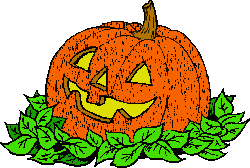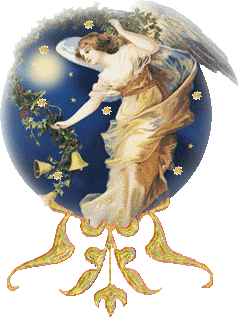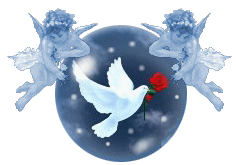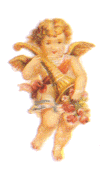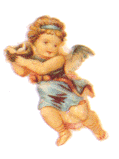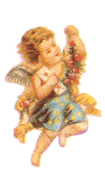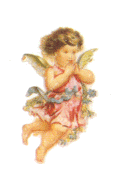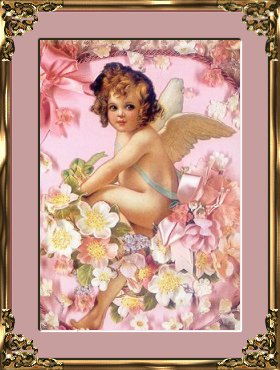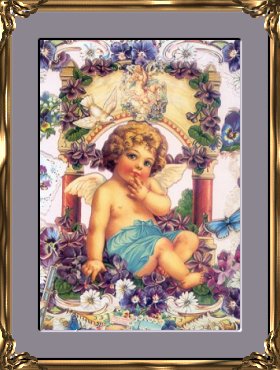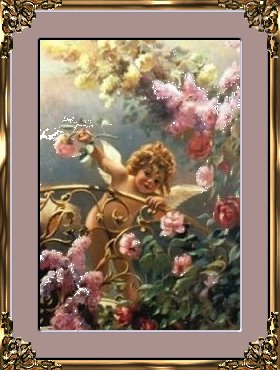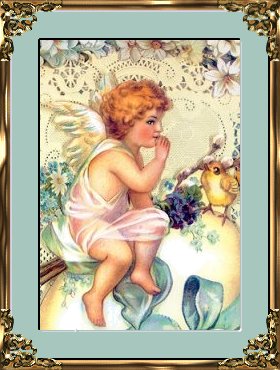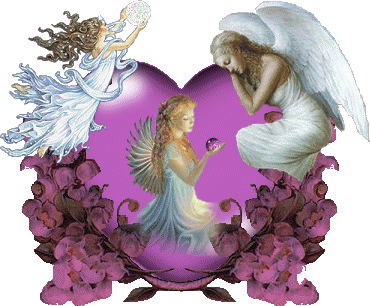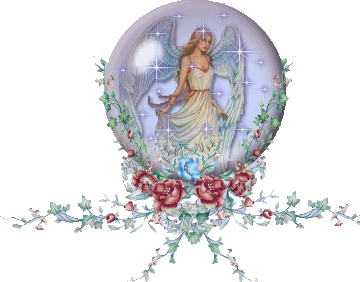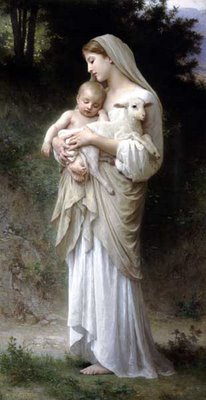
Practically every culture on Earth since the dawn of time have had ghosts as part of their legends. Although not every culture has the same beliefs as to exactly what a ghost it, most of them agree that ghosts have something to do with the spirit or energy of the dead. Some claim that ghosts are the spirits that have not been able to find their way to the afterlife for one reason or another, that has either been left behind on Earth, or is making a visit to Earth from the afterlife.

Most legends agree that ghosts are either completely invisible or very hard to see resembling mist or shadow. Considering that a ghosts have no physical body, you wouldn't expect to see much. Visible or not, ghosts are said to have some control over the physical world, whether it be from merely allowing people to feel their presence or by causing chaos by breaking things and making noises.
Most religions claim that a soul (if they believe in one) passes on either to an afterlife or into another body. Because of this, it is thought that most ghosts are tormented in one way or another, whether it be from a violent death, fear of crossing into the afterlife, or inability to leave a particular area. Because they are tormented, most ghosts are unstable and potentially dangerous. Some ghosts are thought to be evil and hurt or even kill people.
Some cultures believe that ghosts are capable of possessing a living person and forcing them to say and do things against their will. This of course is also a very convenient way of explaining why you were doing something illegal. There are several documented cases of people claiming to be attacked, violated, or plagued by ghosts.
Ghosts are often said to haunt or frequent a particular area. Specifically, they supposedly haunt houses, graveyards, and areas of disaster.
Ghosts have become a large part of pop culture as well. The ghost story is a very common genre of of campfire tales, and are usually made to scare or entertain children. Hollywood has, of course, gotten a hold of the ghost idea and made plenty of movies regarding ghosts.
Most skeptics claim that ghosts do not exist, and attribute the phenomena with wind, optical illusions, gullibility, and good old fashioned lying. Still, most people believe in ghosts in one form or another, and many people claim to have witnessed a a ghost first hand.
Because Halloween is based on the spirits of the dead, ghosts are fully integrated into the holiday. Most cultures (Latin American, Japan, etc.) show deep respect for the spirits of the dead, but in the United States ghosts are usually viewed as playful white bed sheets that are cute and silly.

Facts About Ghosts
- Ghosts can smell things
- Ghosts love the smell of lemons
- They are cold in temperature
- They have a huge sense of humor
- They love it when humans laugh
- Ghosts are referred to as discarnates (We are incarnates)
- They get bored where they are
- Most are happy, but others may still feel a clinging emotional pain
- They can appear to the living in dreams
- They can leave behind certain scents that they were closely associated with
- Ghosts cannot cross water
- They can make sounds that are audible
- They use their energies & ours to move things (our hands on a planchette)
- They are pranksters (loving to get a row out of us)
- They usually appear as orbs (balls of intense light)
- The orbs are usually neon blue or violet in color
- Ghosts favor night due to the decrease in daytime energy use
- Ghosts may appear as mists or vapors
- A hooded black smoky figure is a dark entity WATCH OUT! They usually appear at the foot of beds.
- Some alleged hauntings are actually what they refer to as residue (A past event that replays itself over & over)
- People may find portals or vortexes in places. Here is how ghosts transport themselves. Usually cold
- Hauntings are most intense around children entering puberty. The kids are emitting immense amounts of energy.
- Ghosts can read your thoughts
- Ghosts retain all the memories & emotions of their lives
- Sometimes ghosts get trapped & need to be released. Let them know they can move on
- Noisy, troublesome ghosts are known as poltergeists
- Animal ghosts exist & have been sighted
- Some believe alien spirits can be contacted on the board, ever try this?
- Ghosts who lived hundreds of years ago keep up with the trends
- Children perceive ghosts as imaginary friends
- Ghosts tend to be very temperamental
- Ghosts hang out in cliques (many pals or loved ones)
- Ghosts make friends with other ghosts from different eras
- Strange whisper in the ear wake you out of a sleep? It's a ghost

According to an expert in England, mobile phones are killing off ghosts. Tony Cornell of the Society for Psychical Research, told a British newspaper called the Sunday Express that reports of ghost sightings began to decline when mobile phones were introduced some 15 years ago.

"Ghost sightings have remained consistent for centuries” said Cornell, of Cambridge in Eastern England. "But with the introduction of mobile phones 15 years ago, ghost sightings began to decline to the point where now we are receiving none."
Apparently paranormal events, which some scientists put down to unusual electrical activity, could be drowned out by the electronic noise produced by phone calls and text messages.



















